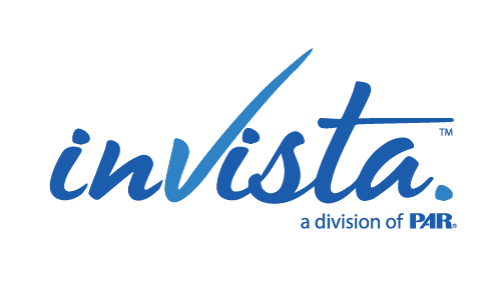Poor professional wellbeing may bleed into many other areas, such as overall happiness, family satisfaction, and even life satisfaction. Many things contribute to an individual’s level of professional wellbeing, including whether work is meaningful, how fair they perceive their workplace, and whether they’ve been properly trained for the job. Another area that both organizations and individual employees can target for improvement is workload and work–life balance.
What can organizations do to stabilize employee workload?
It’s important to ensure an appropriate workload for your employees. Workload is the amount of work required to fulfill job expectations. Work overload is having too many demands and/or having insufficient time to complete work, and work underload is having too few tasks assigned to fulfill a role or completing tasks beneath one’s capabilities. Recent client data from InVista [1] shows that 65% of employees felt their organization was understaffed, and 33% of employees reported that work–life balance problems negatively impacted their performance.
Related article: Why clarifying employee expectations will improve professional wellbeing
If work overload is an issue, it’s important to evaluate staffing levels. When hiring additional employees is not possible, look for opportunities to automate processes or improve work tools. During times of uncertainty, setting stretch goals is not ideal; instead, communicate expectations, set clear priorities around key goals, and help employees prioritize the most critical work. Be sensitive to employee needs; when possible, offer flexibility in work schedules or the opportunity to work remotely. If work underload is the problem, consider redesigning jobs. Examine roles where employees feel underloaded and assign additional, meaningful tasks. Provide opportunities for growth to employees who have expressed interest in expanding their skills, tasks, or responsibilities.
Employees, take charge of the time you spend working
If you feel your workload is overwhelming, consider how you can alleviate some of this stress. While it is not always possible for your organization to hire additional staff, there are several solutions that may ease your workload:
- Consider where you might improve processes.
- Propose tools or technology that will help you perform your job more efficiently.
- Ask for guidance on what you might be able to de-prioritize.
A heavy workload can take time away from life and family demands, leading to burnout and low levels of wellbeing. When workload matches capacity, though, you can effectively complete work while having opportunities for rest, recovery, growth, and development. If you are struggling to find the right balance, be sure to add work–life balance as a point of discussion in your next meeting with your supervisor.
For a FREE, complete guide to what organizations and individuals can do to improve employee wellbeing,
[1] InVista. (2020). [Unpublished raw data on wellbeing for Beta Client 1].


Recent Comments